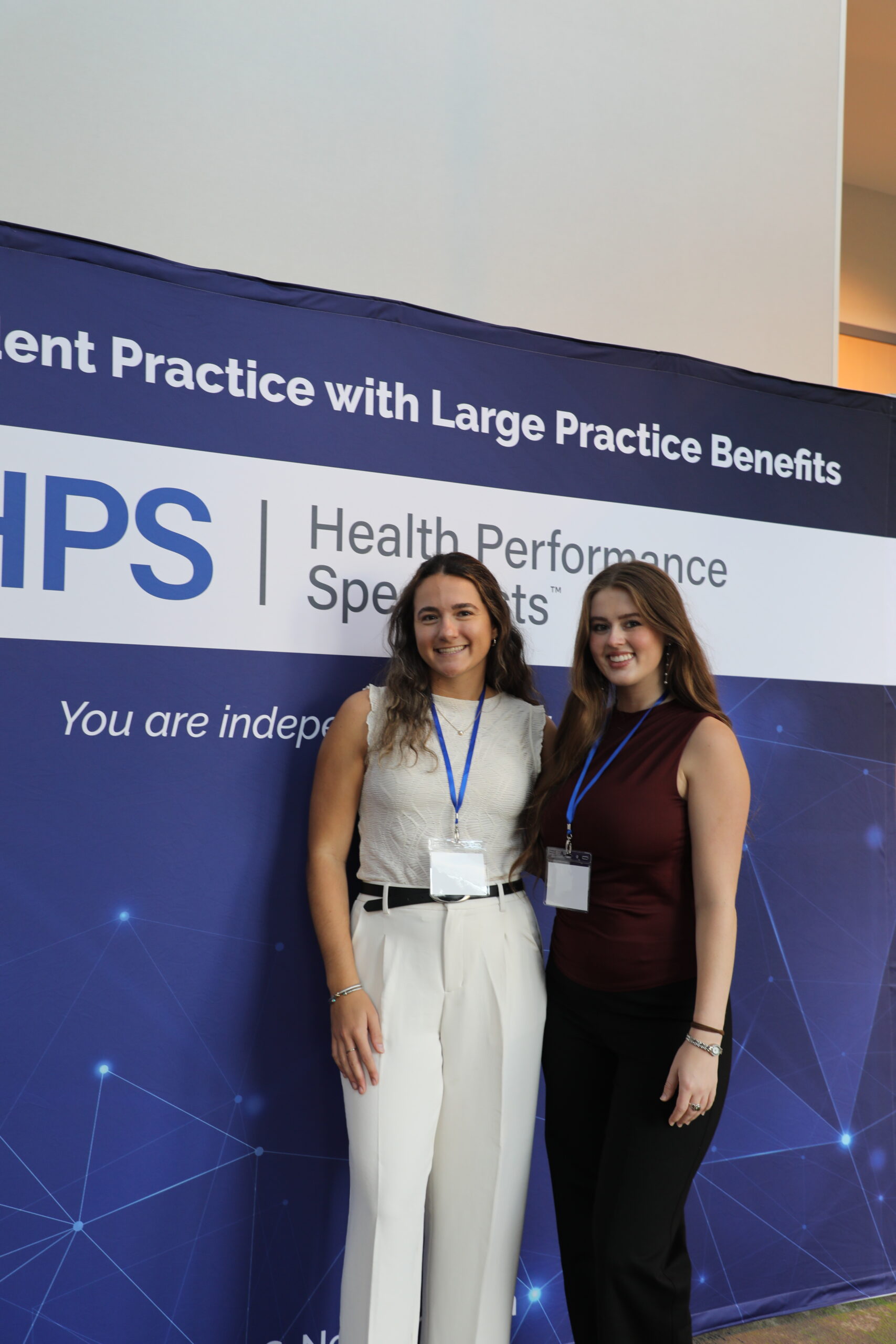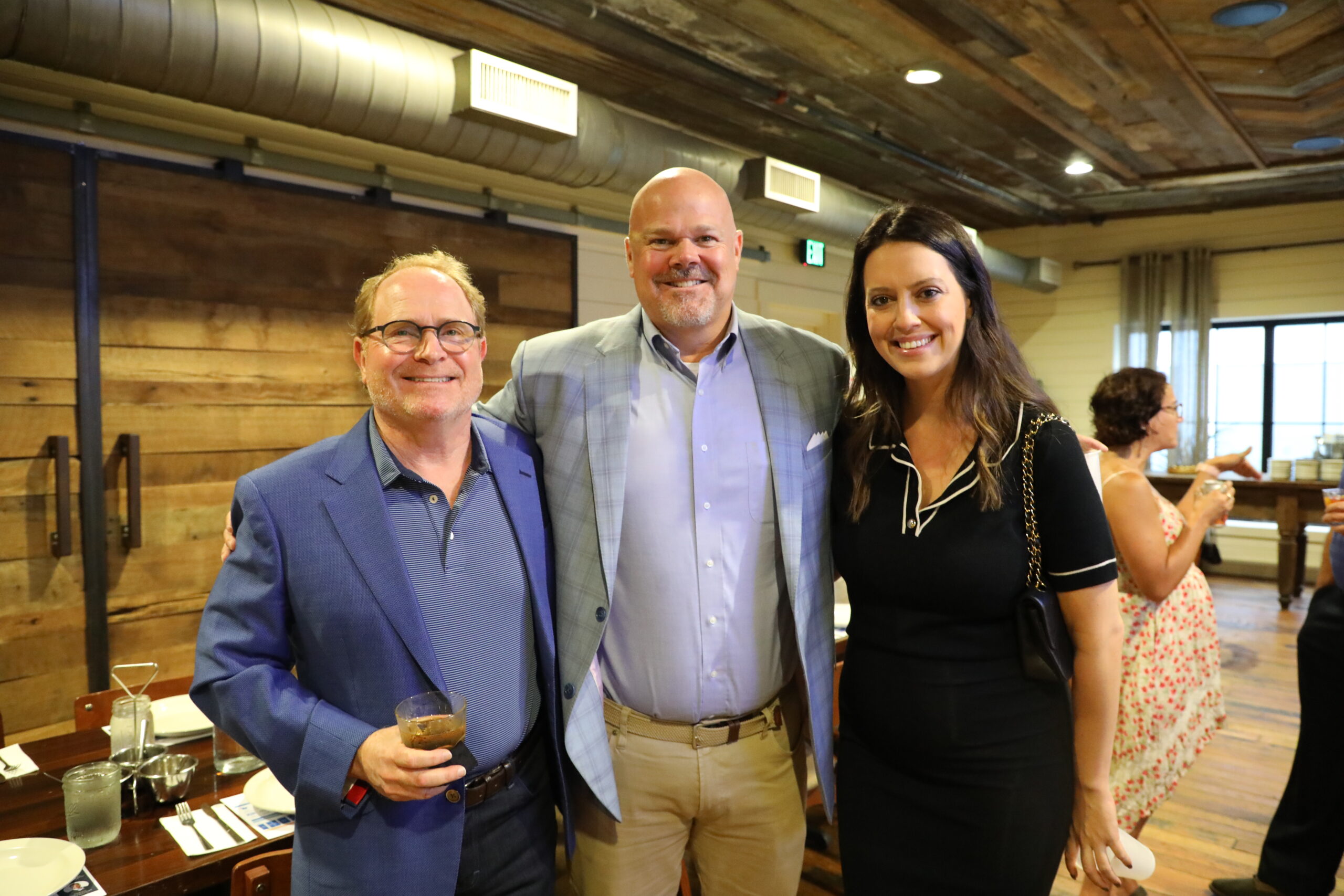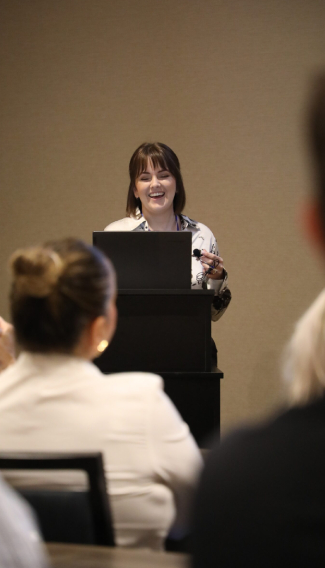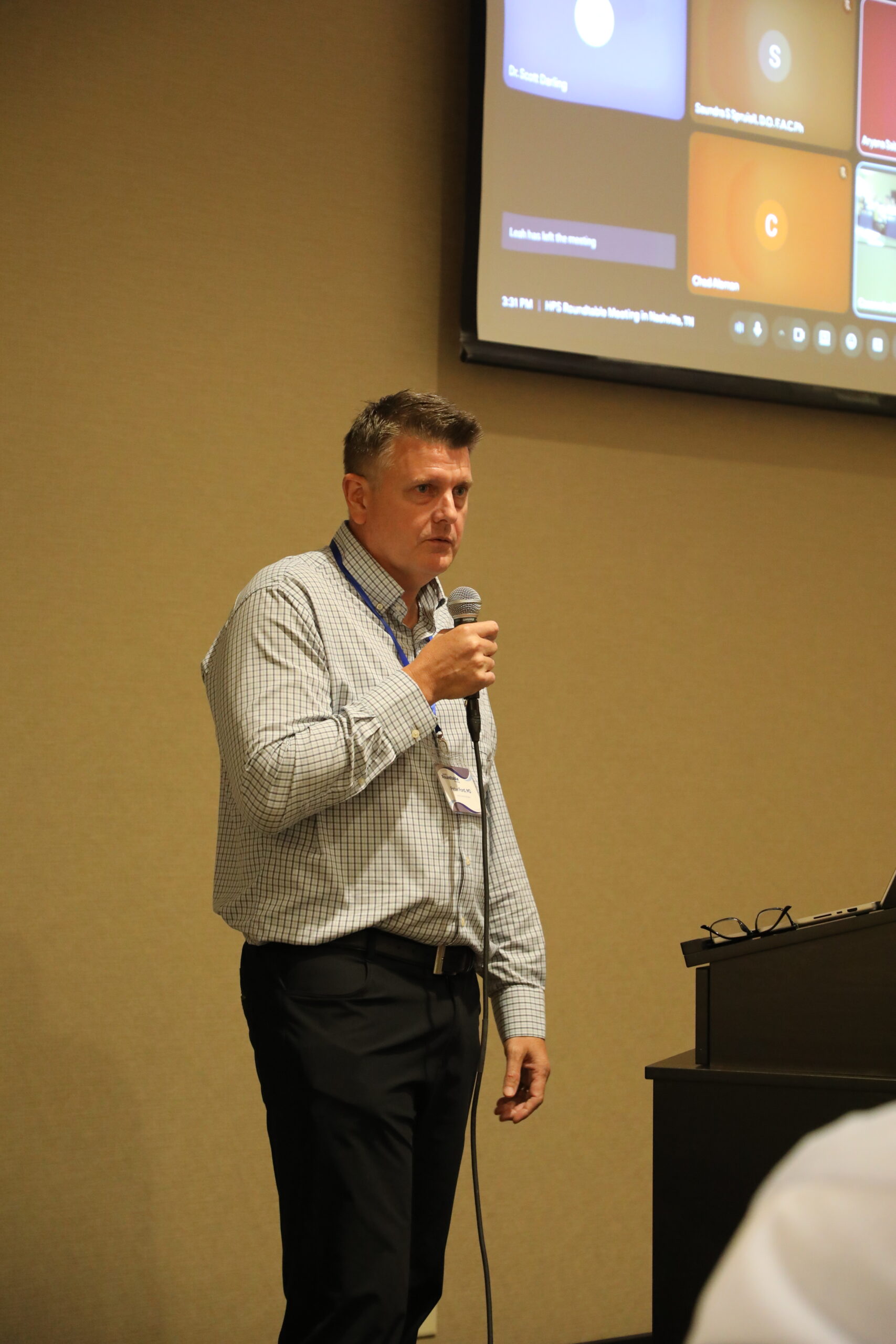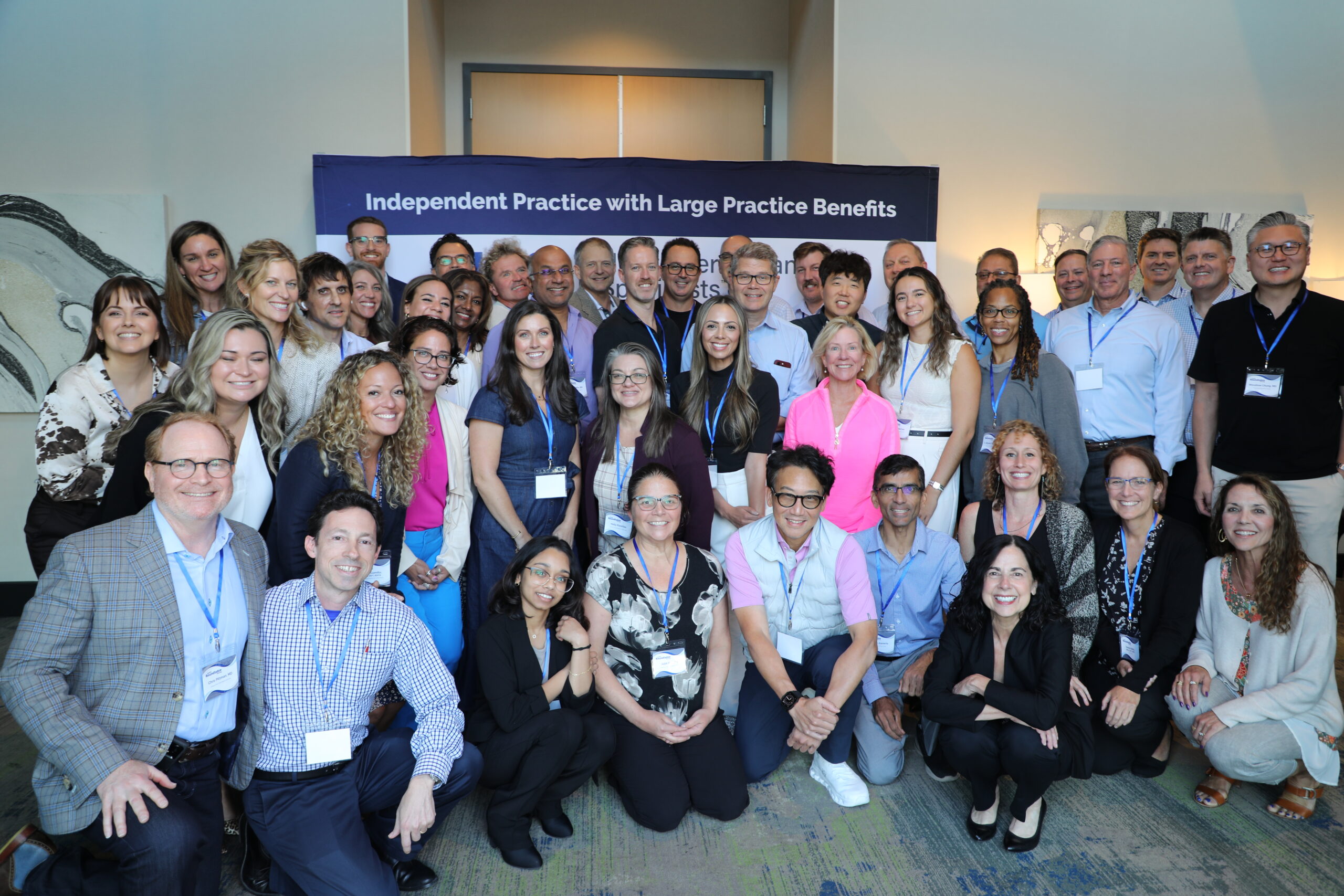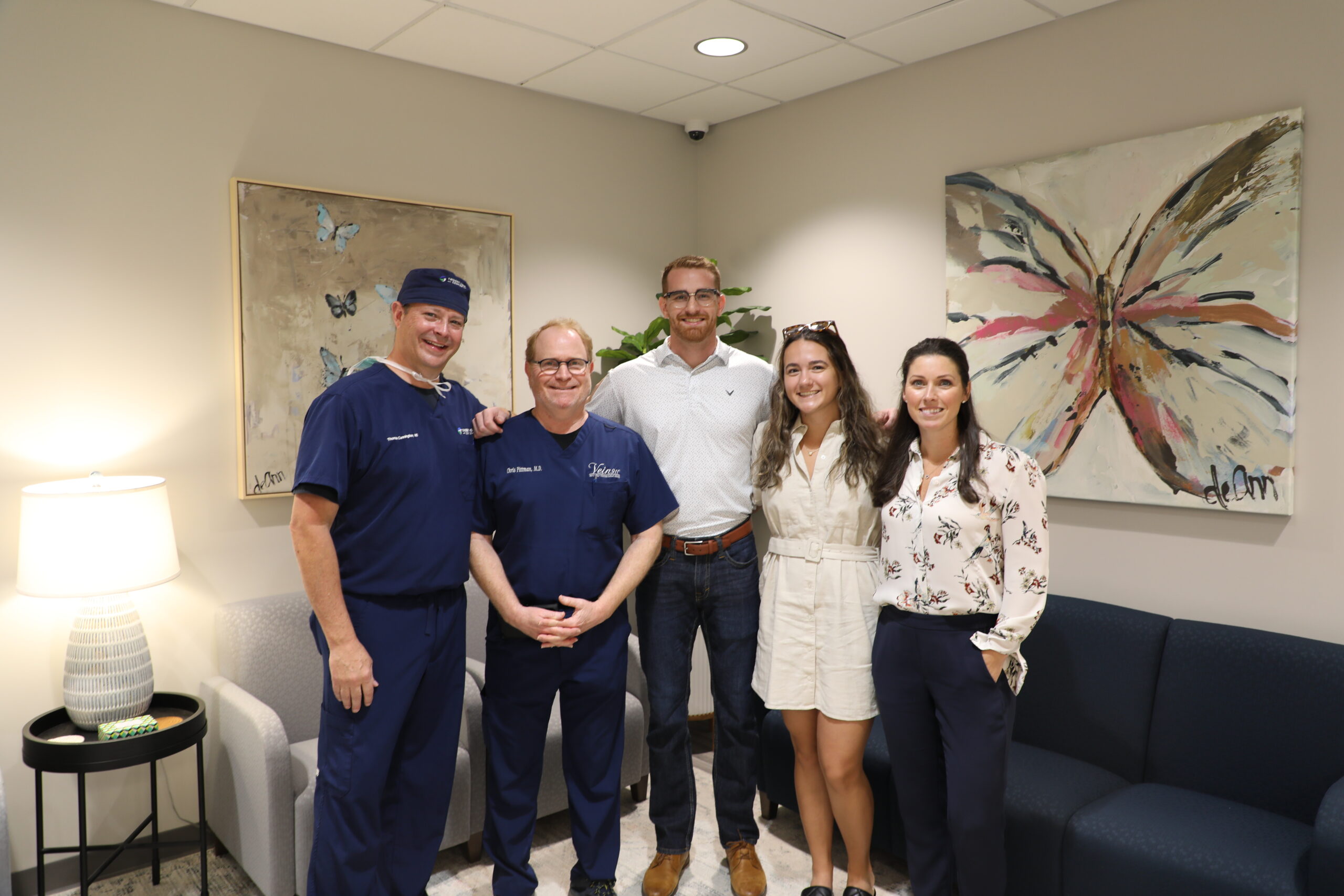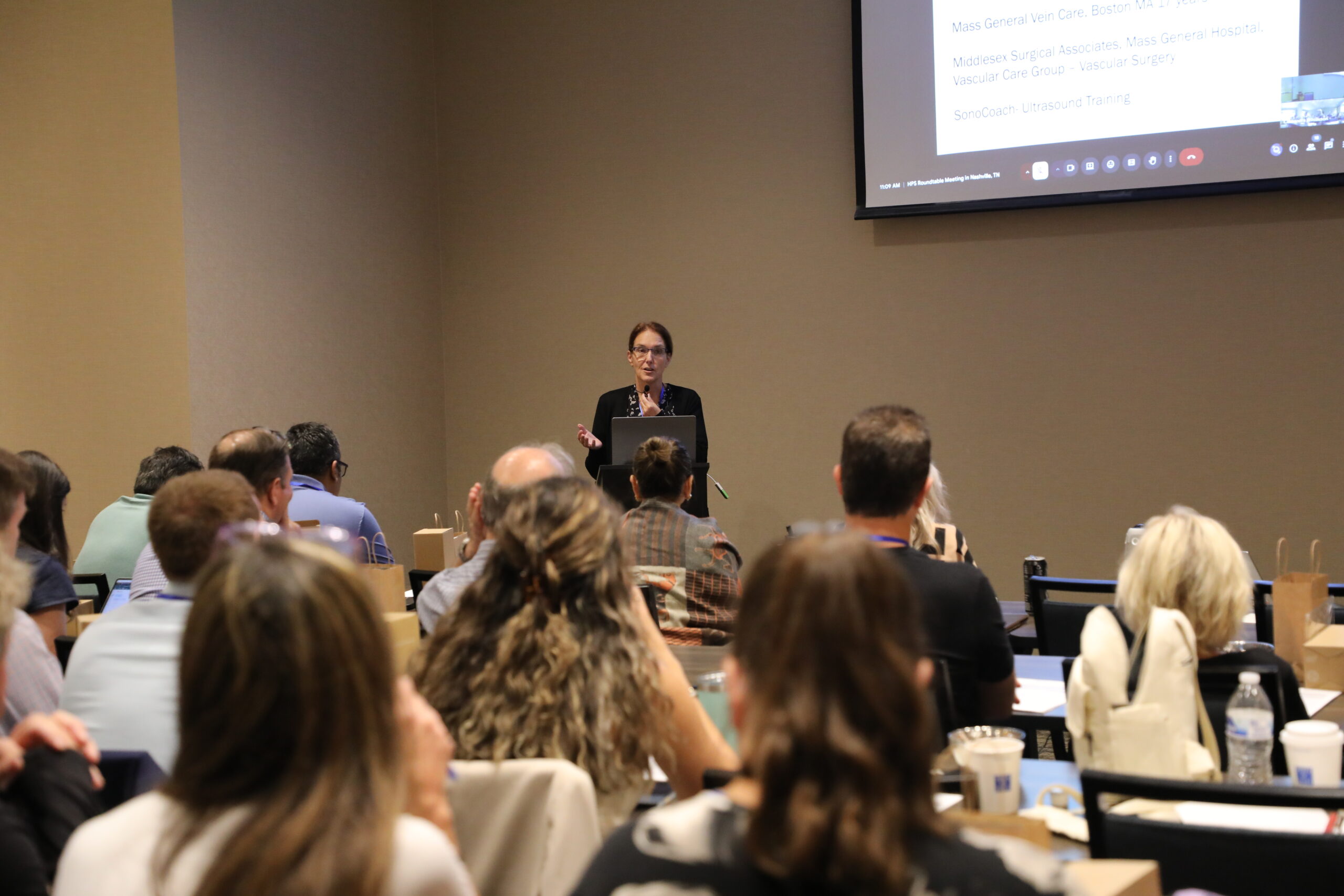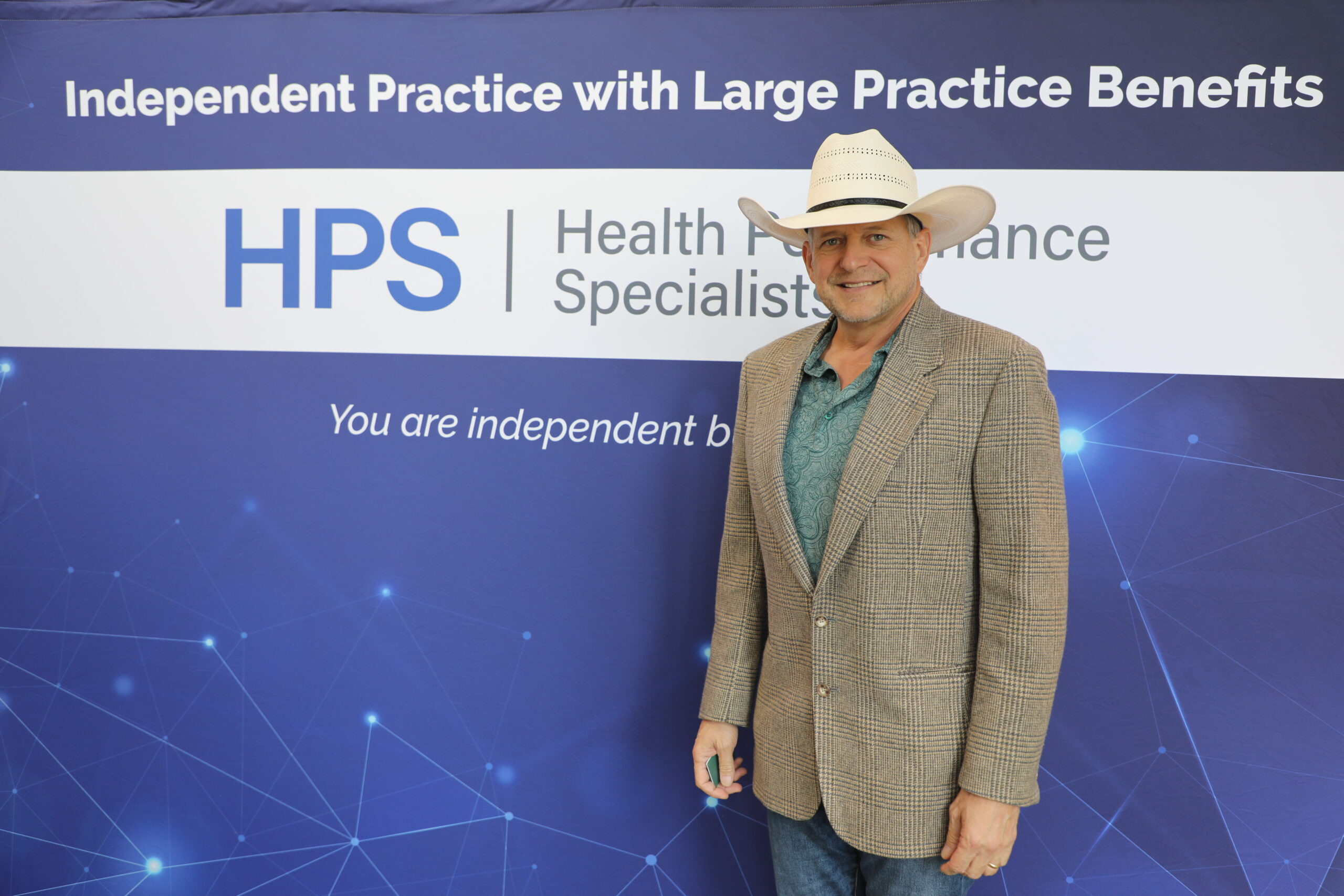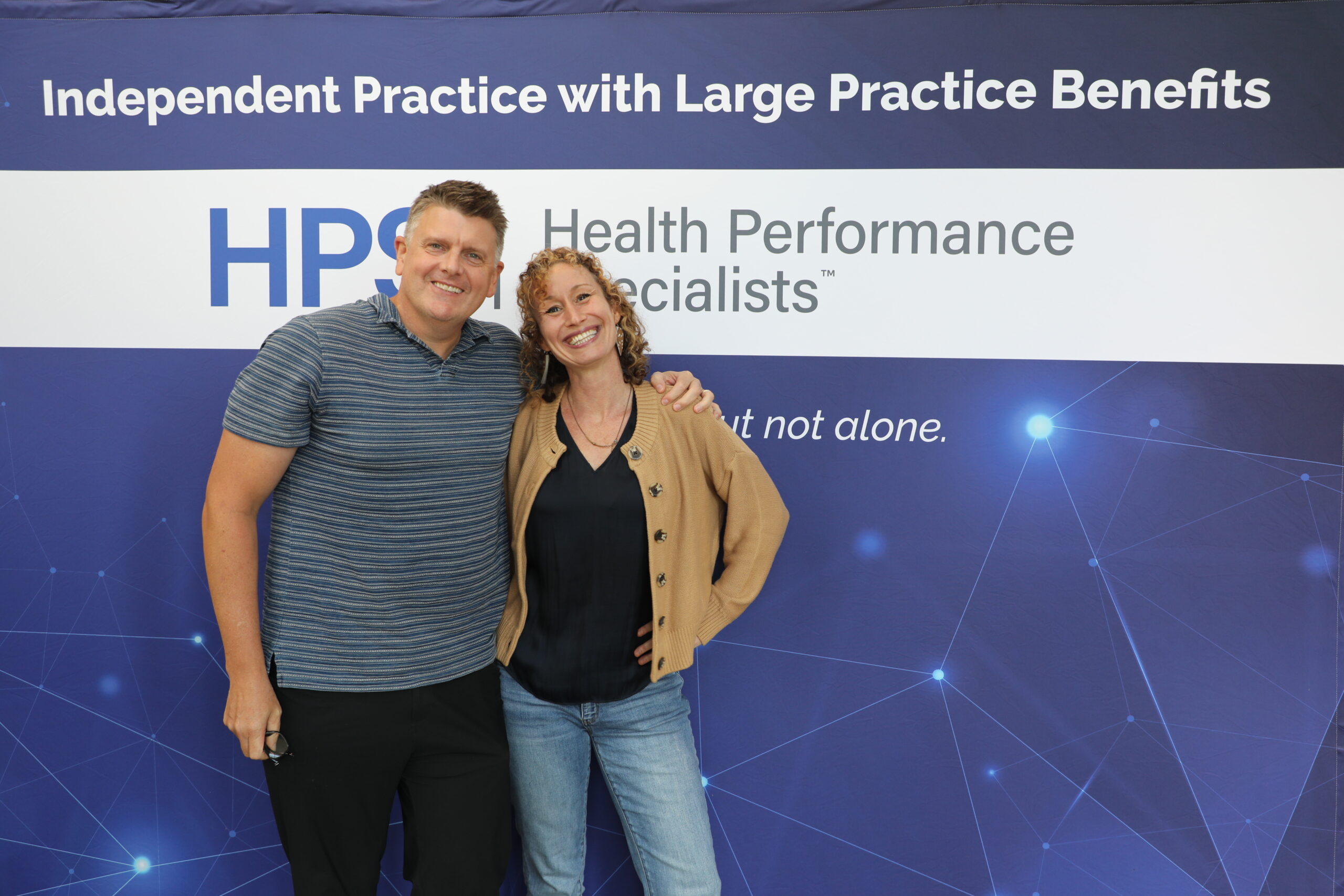At HPS, we frequently discuss performance leakage—lost growth, revenue, and efficiency due to missed opportunities. In business terms, it’s opportunity loss: the value your practice could have generated but didn’t, simply because the right system, decision, or action wasn’t implemented in time.
Real Examples of Lost Potential
These aren’t just ideas—they’re real scenarios we see all the time. Here’s what performance leakage looks like in practice.
The Overlooked Talent
An experienced front desk coordinator applies to join your vein clinic. They’ve worked in a high-volume specialty practice, know how to handle prior auths, insurance verifications, and even dabble in marketing. But during the interview, they come across a bit too bold, or maybe they don’t have that polished, “clinical” demeanor you’re used to. So, you pass.
The clinic down the street hires them.
In less than two months, they overhaul the phone scripts, tighten up scheduling gaps, and train your competitor’s front desk team to turn casual inquiries into booked consults. They implement a simple but effective text follow-up system that reduces no-shows by 30%. They notice patients asking the same insurance questions over and over and create a quick-reference sheet that improves front-desk efficiency and patient experience.
Because of their efforts, the clinic sees an average of 10 more consults per month—many of whom start treatment. That’s a conservative $8,000–$12,000 in monthly revenue growth, just from better front-end operations. That’s over $100,000 per year, gained not by changing marketing or hiring another provider—but by empowering the right person in the right role.
Meanwhile, your practice is still struggling with inconsistent phone coverage, missed callbacks, and new patients who never make it past the first call.
It’s a painful reminder:
Sometimes, the biggest performance lift doesn’t come from another ad campaign or another procedure—it comes from the person sitting at your front desk.
The Delayed Partnership
For years, the owner of a thriving vein practice had considered bringing on a partner—someone to share the clinical load, expand capacity, and eventually buy into the business. The timing never felt quite right. There were always other priorities: patient care, staffing, compliance, and marketing.
Over time, patient volume began to decline. Referrals that once flowed steadily started to slow as nearby providers joined larger systems or began referring in-network. With no additional clinical bandwidth, the practice couldn’t expand hours, explore new service lines, or follow up on outreach opportunities. The owner was too busy working in the business to work on it.
Three years later, the practice was no longer operating at its peak. Revenue had dipped, overhead increased, and key staff had left. When it finally came time to seek a partner or prepare for a sale, the practice’s valuation had dropped by more than $150,000 compared to where it had been just a few years prior.
Even more frustrating, several strong partnership candidates had come and gone in that time—qualified professionals who could have brought new energy, clinical skills, and long-term growth to the practice. But the hesitation to act had cost more than just time—it had cost real opportunity and long-term value.
A lesson paid for in revenue:
Delaying key growth decisions—especially around staffing and leadership—can quietly erode the value and momentum of your practice. When it comes to optimizing performance, waiting for the “perfect time” is often the most expensive decision you can make.

The Untapped Patient Engagement Strategy
Your clinic sees a steady stream of new patients—most with clear venous insufficiency and a good chance of needing treatment. But after their initial consult, many never return. Some don’t schedule. Others miss follow-ups. A few disappear after insurance verification.
You assume it’s just the nature of the business. Maybe patients got busy. Maybe they weren’t ready. You’re not sure how to fix it—and with everything else on your plate, patient engagement gets pushed to the back burner.
Twelve months later, you finally bring in a consultant. Together, you implement structured patient engagement protocols:
- Timely follow-up calls and texts
- Pre-treatment education content
- Insurance navigation support
- A streamlined consult-to-treatment process
Within 60 days, your consult-to-treatment conversion rate climbs from 30% to 40%. Monthly revenue jumps. Staff morale improves. Patients follow through.
But when you do the math, that 10% improvement, spread over 300 consults a year, could have translated into $500,000+ in missed revenue—simply because the system wasn’t in place sooner.
The cost? Not just financial. It’s a year of lost clinical impact, strained staff capacity, and missed chances to build patient trust and loyalty.
The opportunity that slipped away:
Patient engagement isn’t just a “nice to have.” It directly affects your bottom line. When practices delay system upgrades, the cost isn’t just lost revenue—it’s missed relationships, missed outcomes, and missed potential.
5 Root Causes Behind Performance Leakage
Here are five common culprits that prevent high-performing practices from reaching their full potential:
1. Delayed Thinking: Waiting for “perfect timing” is one of the fastest ways to lose momentum. Peak performers take action in real-time, with imperfect conditions.
2. Fear of Missteps: High performance often requires taking calculated risks. Being paralyzed by the fear of making mistakes frequently leads to stagnation and regression.
3. Low-ROI Time Habits: Scrolling, binge-watching, overplanning—these feel safe but deliver nothing. Every minute not used to sharpen your systems, team, or care delivery is a missed opportunity.
4. Closed-Mindedness: If you’re not actively learning, you’re plateauing. Curiosity and humility drive performance innovation.
5. Avoiding Support: Performance is a team sport. Believing you can (or should) do it all alone is a limiting belief. World-class practices leverage coaching, systems, and collaboration.
10 High-Impact Opportunities Independent Vein Practices Might Be Ignoring
Unlocking your next level of performance might be as simple as acting on ideas already sitting on your desk:
1. A marketing strategy you’ve brainstormed but never deployed.
You’ve thought about building your Google reviews, running a Facebook ad campaign, or partnering with local gyms and med spas—but it never made it past the whiteboard. Meanwhile, new patients are searching right now and finding your competitors.
2. Tech upgrades that would slash time waste and errors.
Still using paper intake forms or juggling a clunky EMR? Upgrading to a more vein-specialized system or automating your pre-authorizations and billing workflows can save hours of admin time each week—and help you collect more, faster.
3. Attending a training that could shift your entire business model.
Whether it’s an HPS Roundtable, venous medicine conference, or a practice management webinar, one session could unlock better ways to schedule, staff, or scale. Don’t underestimate the ROI of exposure to new ideas—especially from other successful vein docs.
4. Team members ready for a leadership role—if you’d let them step up.
Your lead MA already mentors new hires. Your front desk coordinator thinks like an operations manager. Formalizing roles, offering leadership training, or simply delegating more could free up your time and energize your team.
5. Better payer contracts you could renegotiate with strategic leverage.
Are your EVLT, RF Ablation, or ultrasound reimbursements keeping up with your costs? With the right data and a strategic approach, you may be able to improve your rates, reduce denials, or negotiate carve-outs that protect your margins.
6. The lift in profit from eliminating low-value service lines or plans.
Still offering spider vein injections for $125 a session? Low-margin services eat up schedule space and staff time. Cutting or pricing them appropriately could open your books for more profitable, medically necessary procedures.
7. Untapped referral relationships that just need a handshake and a plan.
Primary care, cardiology, OBGYN, podiatry—these specialists see the very patients you treat. All it might take is a visit, a co-branded flyer, and consistent follow-up to turn one meeting into a steady stream of referrals.
8. New equipment or services with quick ROI and high patient impact.
Adding diagnostic tools like a standing ultrasound machine, or expanding into pelvic venous disease or wound care, can open new service lines and attract more patients—with minimal marketing if you already have the right patient base.
9. Hiring high-capacity new grads looking for mentorship and purpose.
Talented PAs, NPs, and vascular sonographers are out there—often overlooked because they lack experience. But many are eager to grow, stay long-term, and help you build something if you’re willing to mentor and train them.
10. Collaborative ventures that multiply your reach and performance.
Joint ventures with other specialists, adding satellite locations, or even joining a high-performance network like HPS could give you access to growth strategies, marketing power, and economies of scale—without giving up your independence.
HPS Perspective: Unlocking the Potential You’re Overlooking
Performance isn’t just about what you do—it’s also about what you’re currently not doing. Small decisions, when delayed or dismissed, compound into big losses. The Health Performance Specialist mindset is built around identifying these blind spots and designing systems that capture potential before it leaks away.
Stop the leakage. Start optimizing.
Let’s identify the systems, strategies, and decisions your vein practice is overlooking— so you can capture more growth with less waste. Contact us to learn how.



